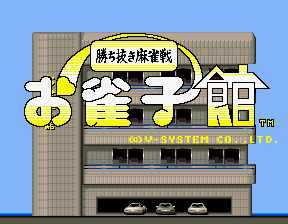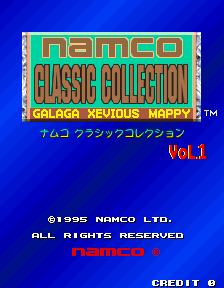disassemblies・digital archaeology・data preservation
Articles with tag `Hidden Credits`

I seem to be running into this a lot lately, where standard test mode options are disabled or missing from test menus. Honestly, while it’s always gratifying to dig out unused code and make it dance, these finds are kind of boring. But at least this game has some hidden developer credits. Those are always interesting!

Still hacking around with MAME games, and I’m having a blast! This time I opened up Ojanko Yakata (roughly translated as Mahjong Girl Mansion), one of the many, many adult mahjong games to grace game centers of the past. I spotted some ASCII in the memory dump that looked like a hidden developer credits screen and investigated…

There’s a request on mamecheat for Pocket Gal Deluxe, and I figured I’d give it a go. I played around for a bit, then discovered a nice, juicy string table with some intriguing bits of text. After a few hours of working backwards through the disassembly, I discovered a number of interesting tidbits in the data!

This is a fascinating older post made by the NYC Resistor group detailing the technical data behind the images left behind in the Apple Mac SE ROM<. As the ROM only used 89kB of the available 256kB, the original development digitized pictures of themselves and hid them away in the remaining space. The article goes into some interesting details about the image format and CPU opcodes.
Damian Ward has also posted some nice shots of the images on hardware: here, here, here and here.


